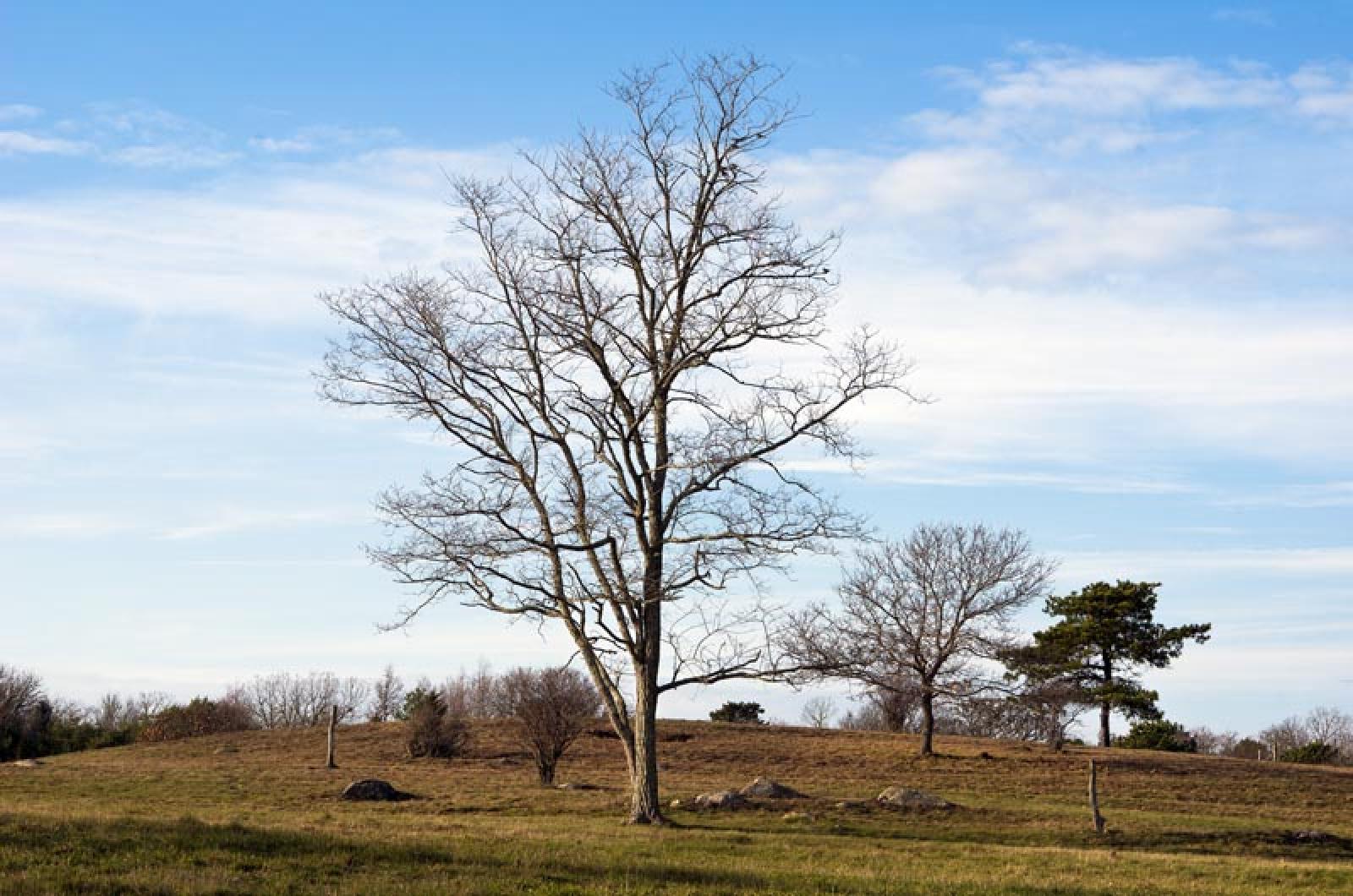There are cold and dark days ahead, and you are trapped with tiny terrors.
With winter upon us, we have closed up and sealed our houses to keep the weather out and the warmth in. However, these conditions are perfect for a peculiar home invader that will pervade your place and guarantee grossness.
House mites inhabit your habitat and no matter how skilled you are in the domestic arts, these beasts will best your most enthusiastic cleaning efforts.
Even the most conscientious housekeepers have a dirty secret — dander. Dander is the collective name for the minute particles of materials, such as skin, hair and feathers, which shed from animals (humans, pets and pests) and comes to rest on and in almost every surface of your home. And since we humans shed 1 gram of skin per person per day, there is a constant and replenishing supply.
Dust bunnies are just what you can see, though there is way more than meets the eye. In a beam of sunlight coming through the window, about 80 per cent of the particles you observe are dander. While dander is everywhere in your home, it will concentrate in some key places, including bedding, carpets and mattresses.
The vacuum is one way to rid your home of dander, but it will never be as effective as house mites in making it disappear. House mites, also called dust mites, are among the smallest and most numerous creatures on earth and they exist on dander, digesting your sloughed-off dermis.
Each one of us shed enough skin in a day to feed a million dust mites! Thus, it is no surprise that the house mite’s scientific name, Dermatophagoides, translates to “skin eater.”
Imagine a microscopic monster, a creamy white globular form with a striated outer cuticle, only .012 inches in length. Each mite has eight legs and can be found crawling everywhere. Or how about millions of them?
These bitty beasts are blind, relying on their sense of smell for food, sex and alarm signals. Males live up to 19 days and mated females survive for 70 days, laying up to 100 eggs in their lifetimes.
House mites won’t literally make your skin crawl though, since they are not a parasite and have no interest in living directly on you. They do very much thrive around you, preferring dead sloughed off skin to the fresh, healthy stuff. It has been estimated that there are up to 500 of these animals in a gram of dust and up to 10 million mites can inhabit a mattress!
And as disgusting as that seems, it gets worse. Each microscopic mite produces up to 20 fecal pellets per day, and since there is no mite graveyard, once they die, their bodies just pile up all over the place. One study estimates that 10 per cent of the weight of a two-year-old pillow may be mite droppings and body parts. And it is these parts and feces that cause allergies in almost a third of the population in the United States.
For sufferers, and others who prefer not to coexist with these critters, there are some suggestions to reduce the masses of mites. Since they like moist environs, reducing humidity to below 50 per cent will help, as will air filters and washing bedding often in a clothes dryer heated to at least 221 degrees.
Eliminating them completely might be too much to ask for. Try as you might, the mites try even harder.
Suzan Bellincampi is director of the Felix Neck Wildlife Sanctuary in Edgartown, and author of Martha’s Vineyard: A Field Guide to Island Nature.




Comments
Comment policy »